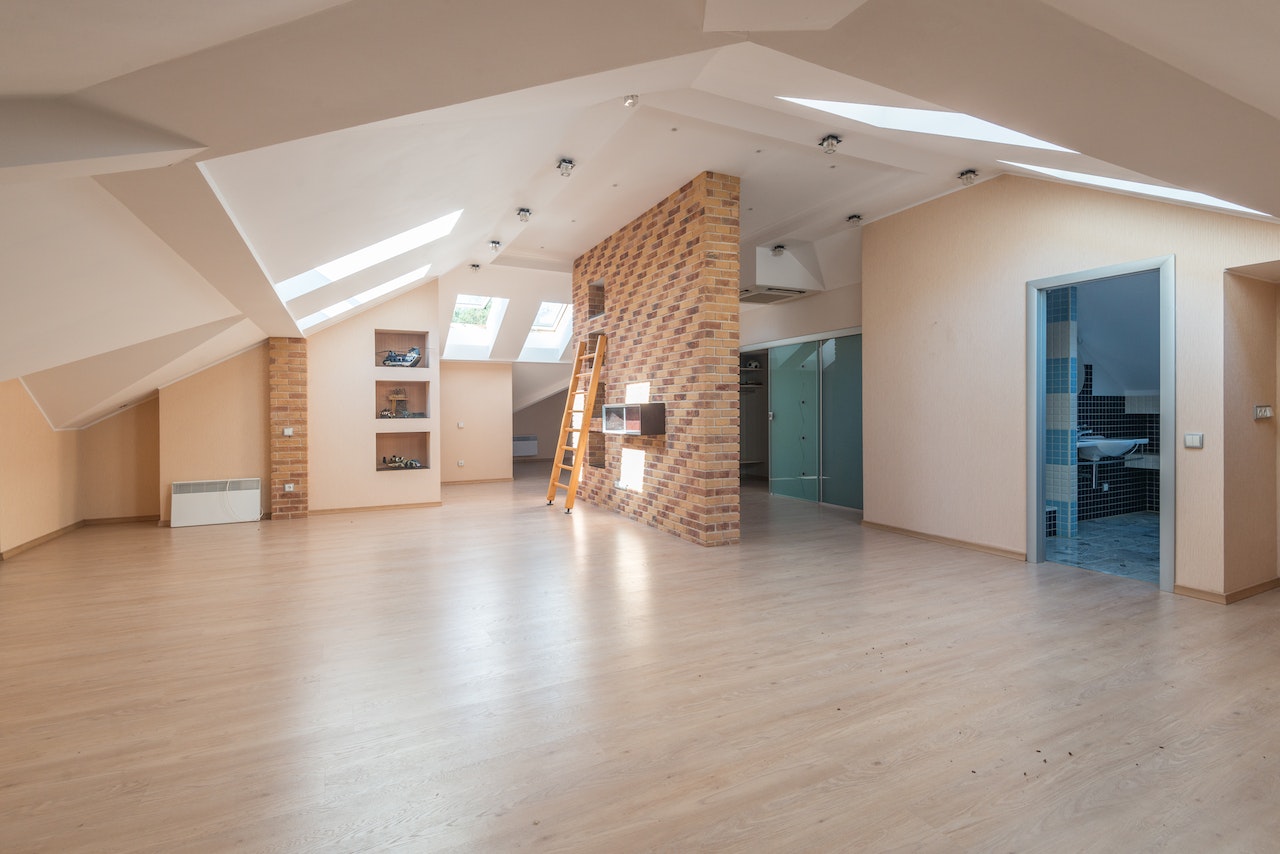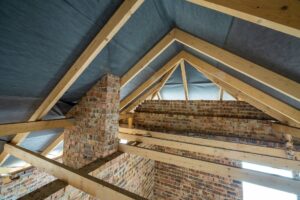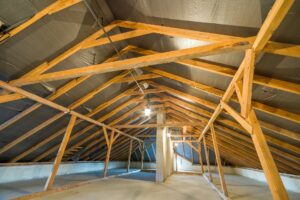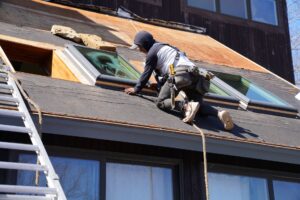
The attic is essential to every home, whether used as a storage space or a living area. However, it is also the part of the house that is most vulnerable to heat buildup and moisture accumulation. This is where attic ventilation systems come in.
They are designed to regulate the temperature and humidity levels in the attic, which can significantly impact the energy efficiency and longevity of your home. In this article, we will explore the benefits of attic ventilation systems and whether they can help you save money.
What Is Attic Ventilation?
Attic ventilation is the process of allowing fresh air to enter and exit the attic space. It involves the installation of vents, which can be located on the roof or the attic’s walls.
The purpose of attic ventilation is to regulate the temperature and humidity levels in the attic, which can affect the entire home. Without proper ventilation, heat can build up in the attic, increasing the temperature of the whole house and causing your air conditioning to work harder. Moisture can also accumulate in the attic, leading to mold growth and damage to the structure of your home.
Benefits of Attic Ventilation
Improved Energy Efficiency
One of the primary benefits of attic ventilation is improved energy efficiency. By regulating the temperature in the attic, you can reduce the heat transferred to the rest of the house. This means that your air conditioning system doesn’t have to work as hard to maintain a comfortable temperature, which can lead to lower energy bills.
Extended Roof Life
Another benefit of attic ventilation is that it can extend the life of your roof. When heat builds up in the attic, it can cause the shingles on your roof to deteriorate more quickly. This can lead to leaks and other damage, which can be costly to repair. With proper attic venting, you can reduce the heat buildup in the attic and help extend your roof’s life.
Improved Indoor Air Quality
Attic ventilation can also improve the indoor air quality of your home. When moisture accumulates in the attic, it can lead to mold growth, negatively impacting your health. By regulating the humidity levels in the attic, you can prevent mold growth and improve the overall air quality in your home.
Cost Savings
While attic ventilation systems may require an initial investment, they can lead to long-term cost savings. By improving your home’s energy efficiency and extending your roof’s life, you can save money on your energy bills and avoid costly repairs.
Types of Attic Ventilation Systems
There are two main types of attic ventilation systems: passive and active. Passive ventilation systems involve the installation of vents that allow air to circulate naturally through the attic. This can include ridge vents, soffit vents, and gable vents.
Active ventilation systems involve the use of fans to move air through the attic. This can include powered attic fans and solar attic fans.
Which Type of Attic Ventilation System Is Right for You?
The type of attic ventilation system that is right for you will depend on various factors, including the size of your attic, the climate in your area, and your budget. Passive ventilation systems are generally less expensive and require less maintenance, but they may not be as effective in areas with high humidity. Active ventilation systems can be more effective in regulating the temperature and humidity levels in the attic, but they can be more expensive and require more maintenance.
Conclusion
Attic ventilation systems are an important component of every home. They can improve energy efficiency, extend the life of your roof, improve indoor air quality, and lead to long-term cost savings. Whether you choose a passive or active ventilation system, proper attic venting is essential for the health and longevity of your home.
Choose J. Carnes & Son Roofing for your attic venting needs. We can install and maintain your attic ventilation system to ensure your home stays healthy and energy-efficient for years. Contact us today to schedule a consultation.




